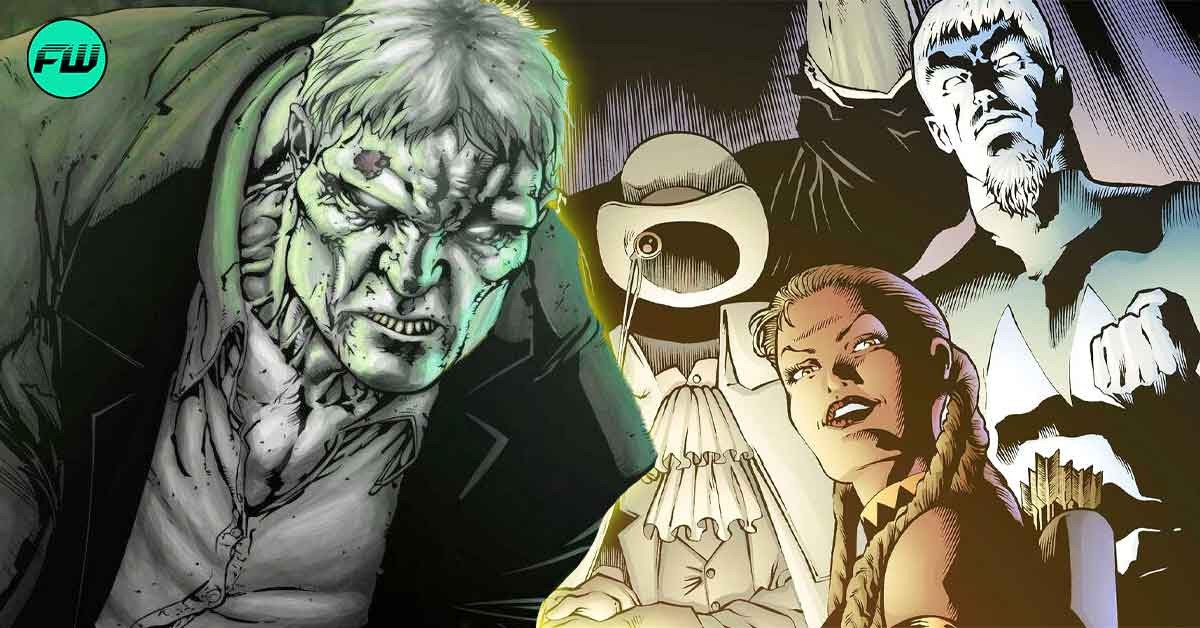In the expansive world of DC Comics, heroes and villains often collide in epic battles that determine the fate of the universe. While superheroes typically unite to combat evil, their adversaries sometimes form alliances of their own. One such malevolent alliance is the Injustice Society, a group of villains who have united against their heroic adversaries. In this article, we will delve into the history and motivations of DC’s Injustice Society, exploring the origins of this villainous collective and the reasons behind its enduring presence in the comic book universe.
The Injustice Society stands as a testament to the enduring allure of villainous alliances in the world of comics. Their history and motivations, rooted in ambition, revenge, greed, and ideology, have kept them a formidable force against the heroic efforts of DC’s iconic superheroes. As they continue to evolve and adapt in response to the changing landscape of the DC Universe, fans can be sure that the Injustice Society will remain a compelling and enduring presence in the world of comic book storytelling.
Origins of the Injustice Society
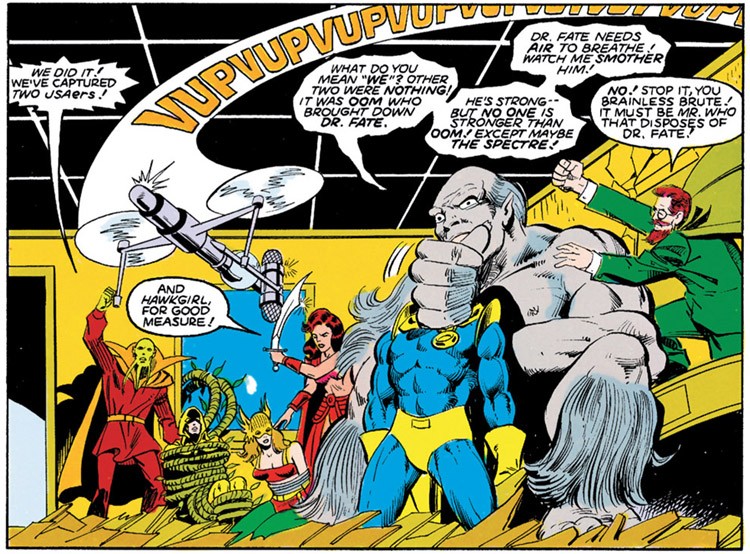
First appeared in 1947’s All-Star Comics #37, the Injustice Society’s inception can be traced back to the Golden Age of Comics, a period spanning the late 1930s to the early 1950s when superhero comics were at their peak. During this era, DC Comics introduced a variety of superhero teams, one of the most prominent being the Justice Society of America (JSA). The JSA was an assemblage of DC’s most popular heroes, including Superman, Batman, Wonder Woman, The Flash, Green Lantern, and many others. However, in the words of Lex Luthor in 2017’s Justice League “Shouldn’t we have a league of our own?” Thus came the formation of the Injustice Society.
The Wizard played a pivotal role in the formation of the Injustice Society. The Wizard possessed superhuman intelligence and formidable magical abilities, making him a formidable adversary. Driven by his ambition and the desire to prove his superiority over the JSA, the Wizard took the initiative to form an alliance of villains who would challenge the heroes. The Wizard’s first recruit was the Thinker, a criminal mastermind with advanced technological skills. Together, they sought out other villains who shared their goal of defeating the JSA. They recruited the Fiddler, a skilled musician with a hypnotic violin, and the Shade, a mysterious figure with control over shadows and darkness. These initial members formed the core of the Injustice Society.
Membership and Evolution
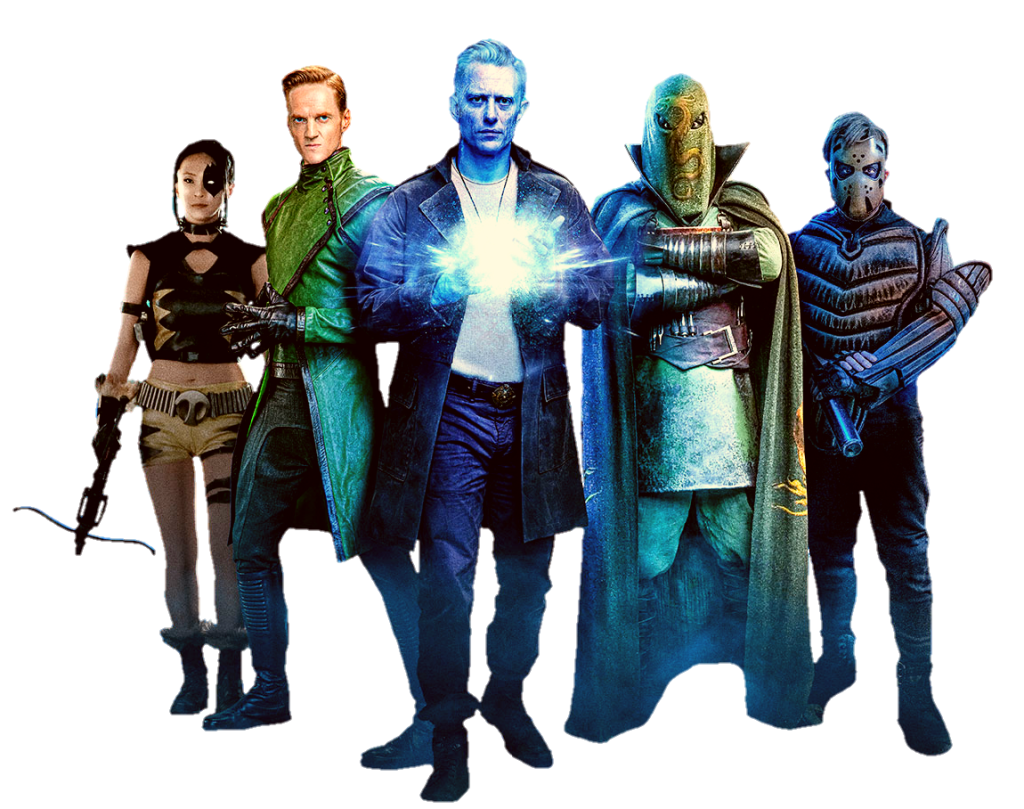
The membership and evolution of the Injustice Society have been marked by a dynamic and ever-changing roster of villains. Over the years, various iterations of the Injustice Society have emerged in different comic book series and storylines. Throughout the Silver Age of Comics, villains like the Sportsmaster, Huntress (Paula Brooks), Icicle (Joar Mahkent), and Solomon Grundy (Cyrus Gold) joined their ranks at various points. Some villains took up the mantles of original Injustice Society members. For example, the second Fiddler (Isaac Bowin’s son) and the second Thinker (Clifford DeVoe’s nephew) continued the family legacies within the group.
In more recent years, the Injustice Society has continued to be a recurring antagonist in DC Comics, particularly in storylines like Forever Evil or DC Rebirth. The Injustice Society gained popularity through its appearance in various DC television adaptations. The group played a prominent role in the Stargirl TV series, introducing a new generation of fans to their villainy. As well as their formation in the animated Justice League series, formed by Gorilla Grodd in the two-part episode Injustice. From its formation as a response to the Justice Society of America to its encounters with a wide array of heroes and adaptations in different media, the group has remained a formidable and enduring presence in the DC Comics universe.
Motivations of the Injustice Society
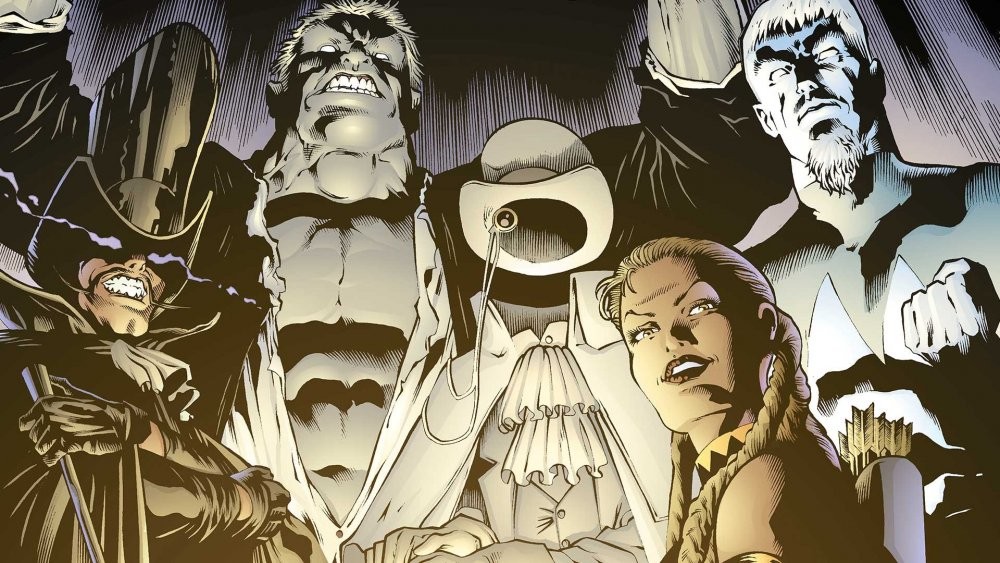
The motivations of the Injustice Society, like its membership, have evolved over the years. While each member may have their own individual reasons for joining the group, several common motivations have been recurring themes throughout the Injustice Society’s history. A prevalent motivation among Injustice Society members is the thirst for power and control. Many villains in the group aspire to rule the world or at least attain significant influence. By pooling their resources and abilities, they believe they can achieve their goals more effectively. A few members are motivated by a desire for excitement and challenge. They view their battles against heroes as exhilarating tests of their skills and abilities, seeking the adrenaline rush that comes with high-stakes conflicts.
Personal vendettas against superheroes are also a driving force for some members. These vendettas can stem from past defeats, humiliations, or personal grievances. The Injustice Society provides a platform for these villains to exact revenge on their heroic adversaries. For others, the Injustice Society serves as a means to protect and expand their criminal empires. These villains often have vast networks of henchmen and criminal enterprises, and the alliance provides them with additional muscle and resources. They see their alliance with the Injustice Society as a means to amass wealth and resources through criminal activities, often at the expense of innocent civilians and heroes.
Legacy and Endurance
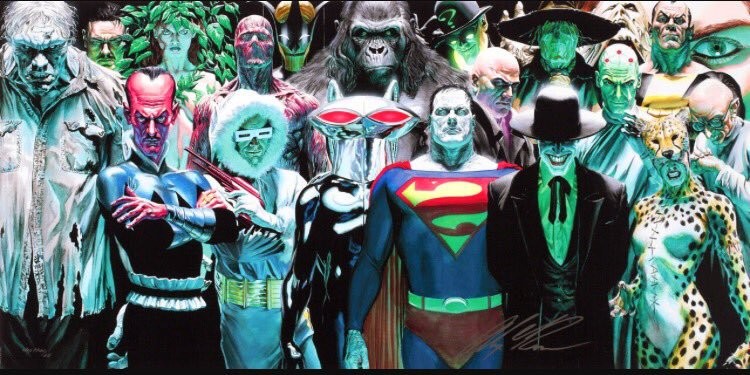
The Injustice Society’s ever-changing roster allows writers and creators to bring together a diverse group of villains with unique powers and personalities. This versatility makes them adaptable to different storylines and ensures they remain relevant in evolving comic book narratives. The Injustice Society’s long-standing rivalries with superhero teams like the JSA and the Justice League provide ample opportunities for epic battles, dramatic confrontations, and memorable story arcs. These rivalries captivate readers and keep them invested in the ongoing struggles between heroes and villains. For long-time comic book enthusiasts, the Injustice Society evokes a sense of nostalgia, as they harken back to the Golden and Silver Ages of comics. This nostalgia factor adds to their enduring appeal.
The Injustice Society’s long-standing rivalries with superhero teams provide ample opportunities for epic battles, dramatic confrontations, and memorable story arcs. These rivalries captivate readers and keep them invested in the ongoing struggles between heroes and villains. The Injustice Society represents the concept of villainous alliances, a theme that resonates with comic book fans. They serve as a prime example of how groups of villains can come together to challenge the forces of good, providing a template for similar alliances in the DC Universe. Some Injustice Society members have passed on their mantles to successors, ensuring a sense of continuity and legacy within the group. These legacy characters allow for fresh interpretations and storylines while preserving the Injustice Society’s history.
For more content from FandomWire, check out our LinkTree!

